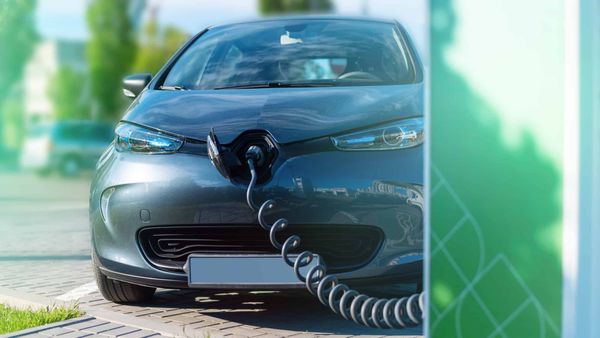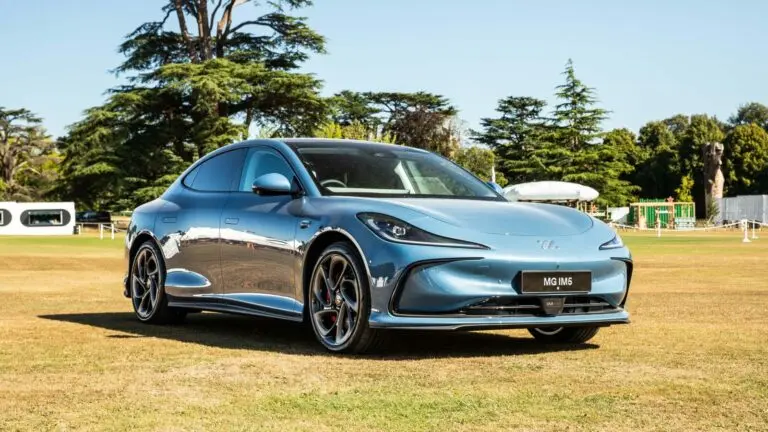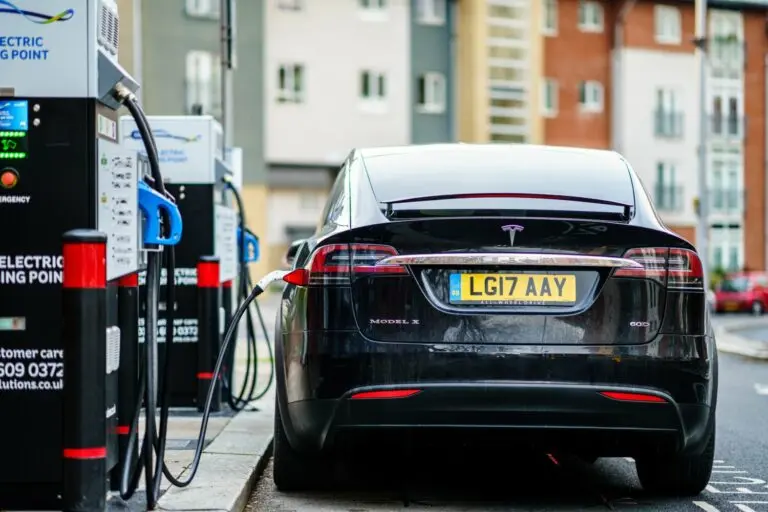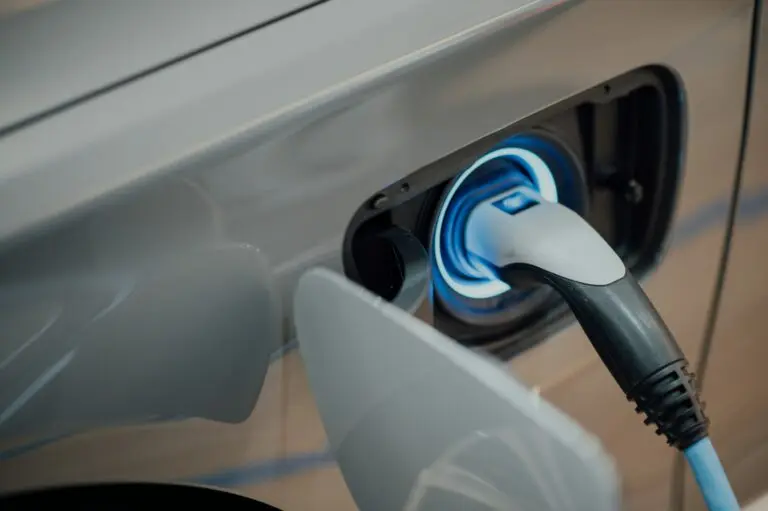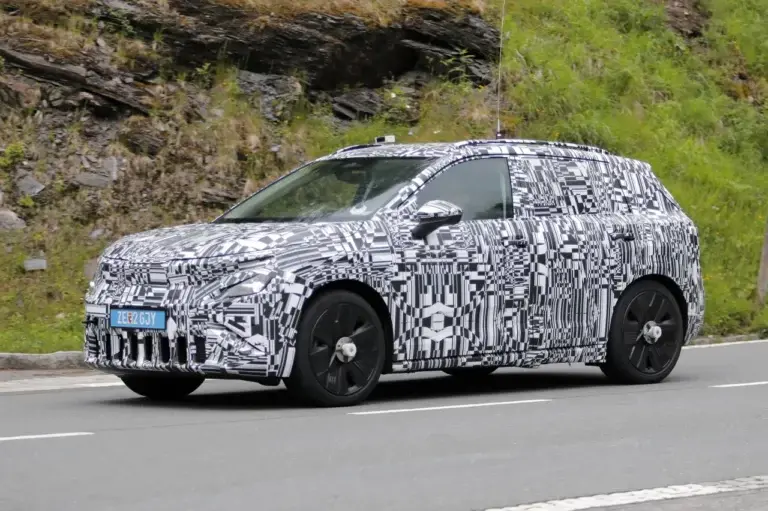Electric cars, charging points, state-of-the-art batteries:
electromobility is everywhere. But not all countries are moving at the same pace: which are the most committed to this revolution? Between industrial strategies, public policies and technological innovations, the battle for electromobility is being fought on a global scale.
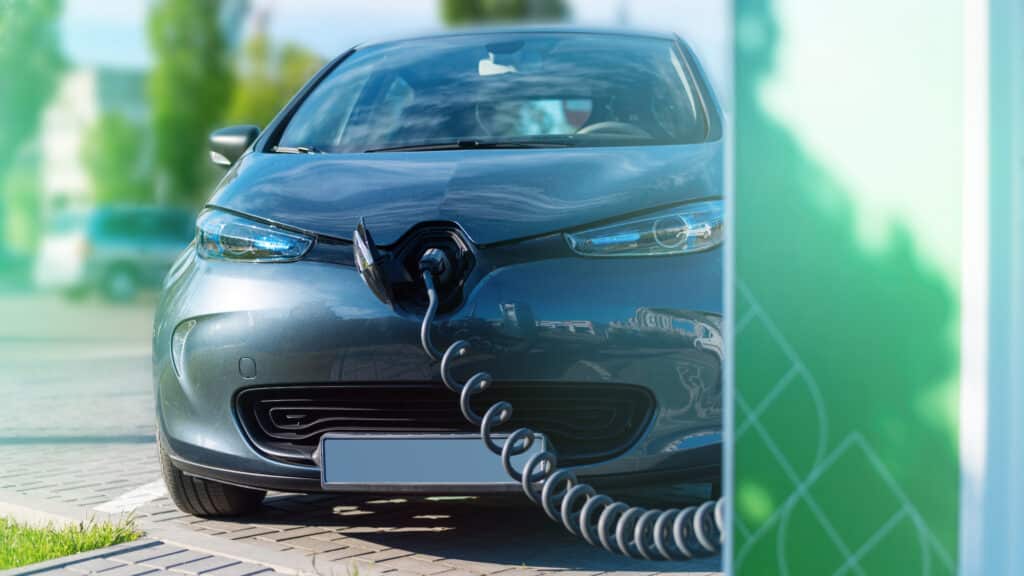
China, the locomotive of electromobility
It’s hard to compete with China. The Middle Kingdom has not only theorised electromobility, it has industrialised it at lightning speed. Since the early 2000s, the Chinese government has invested heavily in this technology, with massive subsidies, quotas imposed on manufacturers and support for local companies such as BYD, NIO and CATL.
The result: with a market share of almost 28%, China is the world leader in electric vehicles. What’s more, the country already has more than 13 million charging points and is exporting cars, batteries and charging points to Europe on a massive scale. We’re no longer talking about a local market, but a global industrial powerhouse.
Europe: ambitious… but heterogeneous
In Europe, electromobility is making great strides, driven by clear objectives: an end to sales of new combustion-powered cars by 2035, increasingly strict CO2 standards, purchase subsidies and the deployment of charging stations across the continent. Europe also stands out for its innovation ecosystem, particularly in recharging infrastructure (Spark Alliance) and batteries (Verkor, ACC).
But behind these ambitions lie very different realities:
● Norway is the all-round champion: over 90% of new cars are electric.
● France, Germany and the Netherlands are making steady progress, with a growing network of charging points and increasingly accessible vehicles.
● Other European countries, such as Italy and Spain, are still lagging behind, held back by the cost of electric vehicles.
held back by the cost of vehicles or the lack of infrastructure.
For the European Union, the battle is not over. The Old Continent remains dependent on Asia for some of its components, and there are still major differences between countries. To catch up, Europe is counting on its start-ups and industrial innovation.

United States: Tesla in the lead, but mixed fortunes
When it comes to electromobility, the United States is often associated with Tesla, the powerhouse of the global market. But beyond Elon Musk’s company, the country is lagging behind in a number of areas. Although the adoption of electric vehicles is growing (around 15% of sales), it is still held back by a network of charging points that is still inadequate, particularly outside the major cities.
With the election of Joe Biden in 2020, the situation has changed. The government introduced a number of key measures, including purchase subsidies, support for local battery manufacturing and a target of 50% electric vehicles by 2030.
But the US territory is vast, and the States are uneven in their commitments: while California is pushing hard, other States such as Wyoming remain cautious. What’s more, competition between manufacturers is still dominated by Tesla, in the absence of a genuine made-in-the-USA alternative… for the time being.
Electromobility is no longer an option: it’s a global trend. And basically, everyone is moving in the same direction. What’s changing is the method: China is imposing itself, Europe is supervising and innovating, and the United States is relying on its leader. But one thing is certain: the race is on, and more and more countries are getting involved in this battle, which will be won not just by the number of cars sold, but also by batteries, charging stations, innovation and the ability to involve an entire population in this change.

